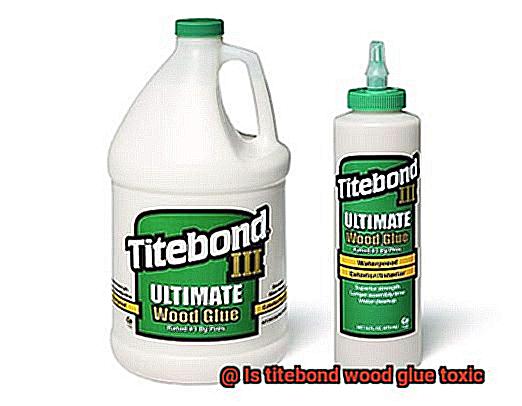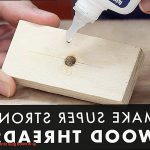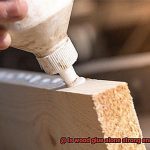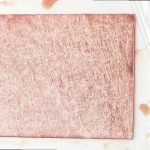Ready to tackle that woodworking project? You’ve got your tools lined up, the perfect piece of wood, and now it’s time to choose the glue that will hold it all together. Titebond wood glue is a popular choice, trusted by DIYers and pros alike.
But, hey, let’s address the elephant in the workshop – is this stuff toxic? That’s what we’re here to find out. In this blog post, we’ll dive deep into the world of Titebond wood glue and separate fact from fiction.
So, grab your safety goggles and join us as we uncover whether Titebond wood glue is a friend or foe for your woodworking adventures.
What is Titebond Wood Glue?
Contents
When it comes to woodworking, the adhesive you choose can make or break your project. That’s why Titebond Wood Glue has become a trusted staple in the woodworking community. With its exceptional strength, durability, and ease of use, Titebond Wood Glue is the go-to adhesive for all your woodworking needs.
Strong Bond for a Solid Foundation:
Titebond Wood Glue is specifically formulated to create an incredibly strong bond between wood pieces. Its unique formula penetrates deep into the wood fibers, resulting in a bond that is even stronger than the wood itself. With Titebond, you can rest assured that your joints will stay intact and withstand the test of time.
Water Resistance for Versatile Applications:
Whether you’re working on indoor furniture or outdoor structures, Titebond Wood Glue has got you covered. Its water-resistant formula ensures that the bond remains strong even in high humidity or when exposed to moisture. This versatility makes it suitable for a wide range of applications, from kitchen cabinets to garden benches.
Easy to Use for Hassle-Free Projects:
Struggling with a difficult adhesive can be a nightmare during a woodworking project. Fortunately, Titebond Wood Glue has a smooth consistency that allows for easy application and spreads evenly across the surface. Its long open time provides plenty of opportunities to adjust your pieces before the glue sets, reducing stress and ensuring precision in your work.
Non-Toxic for a Safe Working Environment:
Safety should always be a top priority when working with adhesives. That’s why Titebond Wood Glue is formulated to be non-toxic and free from harmful chemicals like formaldehyde and VOCs. You can use it with peace of mind, even on projects involving children’s toys or items that come into contact with food.
Enhanced Structural Integrity for Reliable Results:
Titebond Wood Glue not only provides a strong bond but also helps strengthen the wood joints themselves. As the glue cures, it fills any gaps or voids in the wood, creating a solid and seamless bond. This enhances the structural integrity of your project, minimizing weak spots or potential failures.
Is Titebond Wood Glue Toxic?
When embarking on a woodworking project, selecting the right adhesive is paramount. Not only should it provide a strong bond, but it must also be safe to use. Titebond wood glue is a popular choice that meets both criteria. But what about its toxicity? Is Titebond wood glue toxic?
The answer is a resounding no. Titebond wood glue is considered non-toxic when used as directed. This is fantastic news for woodworkers who place safety at the forefront of their projects. But what exactly makes Titebond wood glue non-toxic? Let’s delve deeper into this topic.
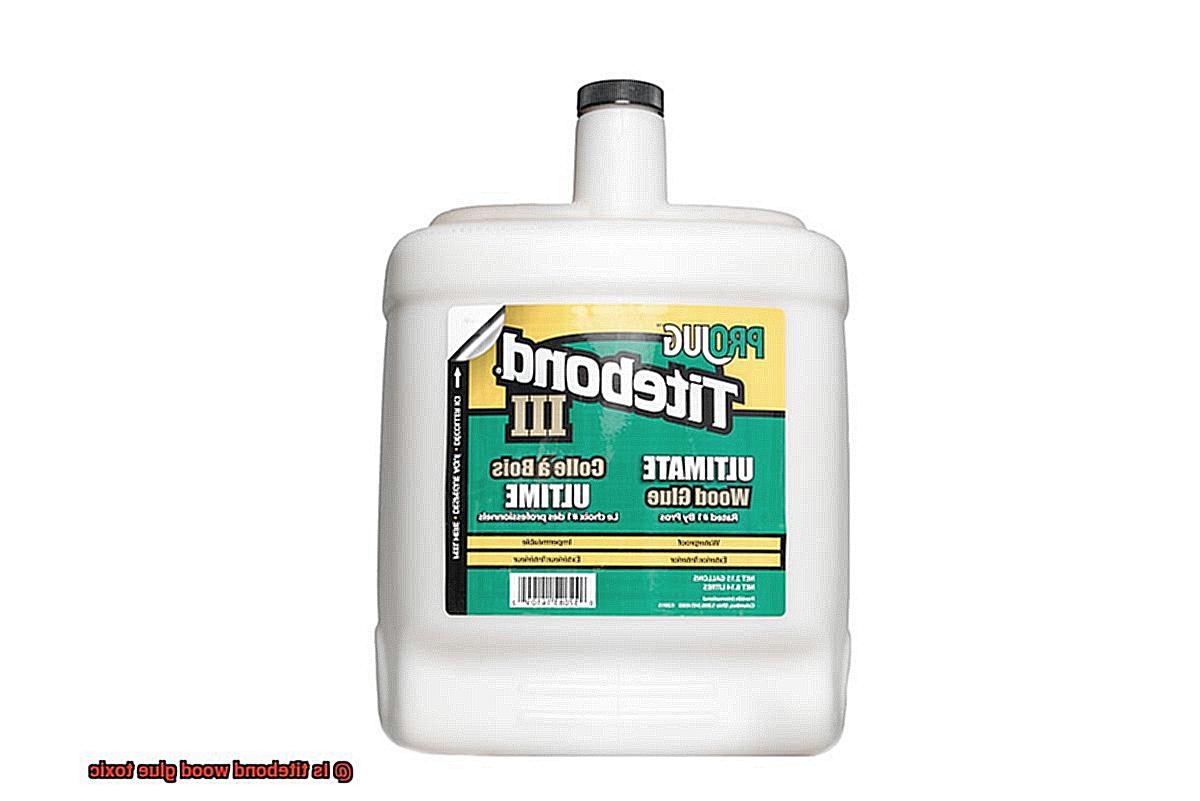
A Water-Based Formula: Safe and Reliable
Titebond wood glue’s non-toxicity can be attributed to its water-based formula. Unlike solvent-based glues that may contain harmful chemicals and volatile organic compounds (VOCs), Titebond wood glue emits no toxic fumes during application or drying.
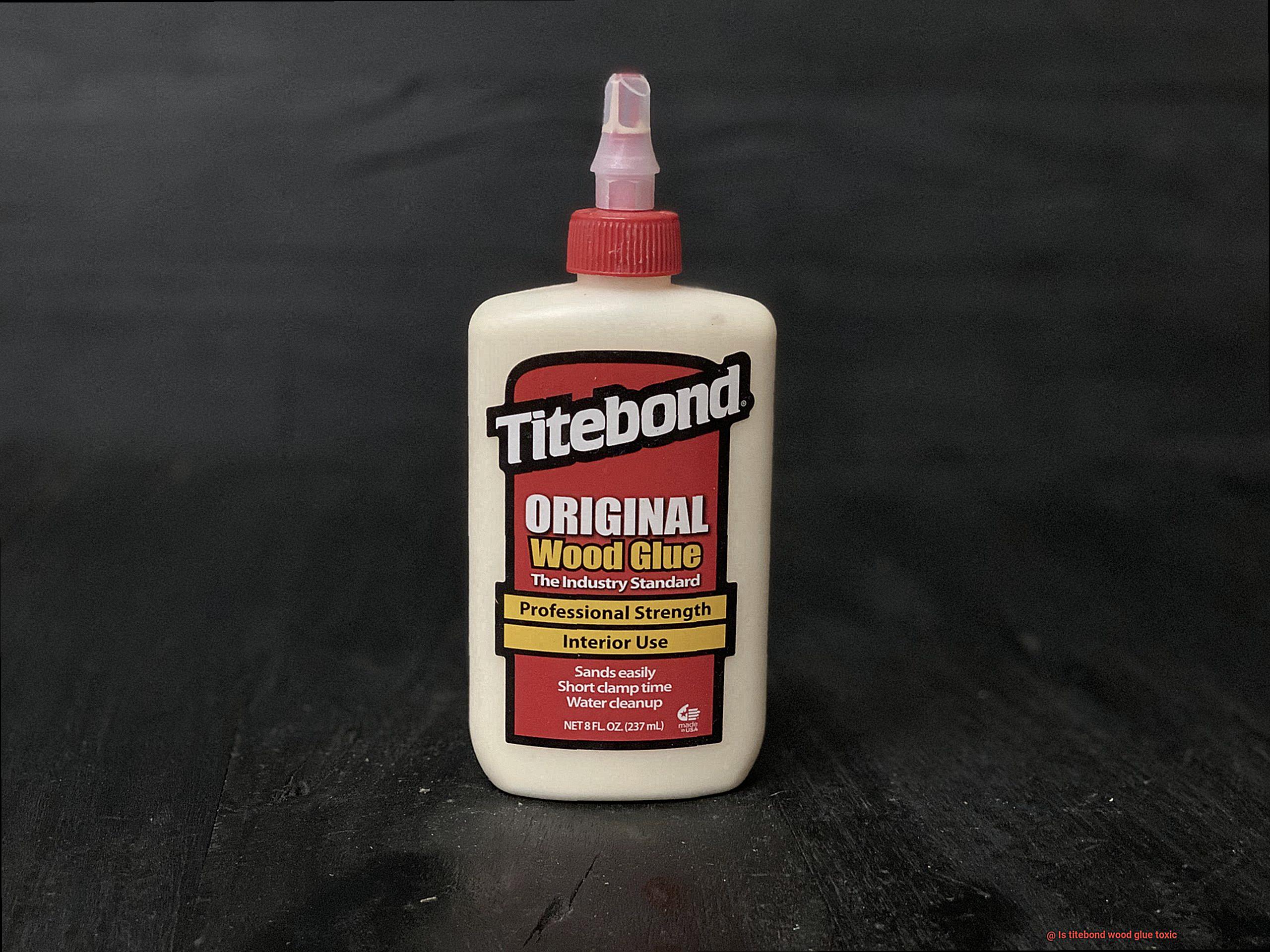
Consequently, woodworking enthusiasts can use this adhesive in indoor spaces without concerns about inhaling hazardous substances.
Meeting Stringent Industry Standards
Titebond wood glue adheres to stringent industry standards for low toxicity. Rigorous testing ensures that it meets safety requirements for woodworking applications. These standards encompass factors such as skin and eye irritation, as well as inhalation toxicity.
By complying with these standards, Titebond wood glue instills confidence in woodworkers, assuring them that they are utilizing a safe product.
Safety Precautions: Essential for Responsible Use
While Titebond wood glue is non-toxic, it is still vital to employ it cautiously and follow proper safety precautions. Direct contact with the skin or eyes should be avoided, making gloves and safety goggles indispensable accessories when working with this adhesive.
Ingesting the glue must also be prevented, as it can cause gastrointestinal irritation. Accidental ingestion necessitates immediate medical attention.
Not for Food-Contact Surfaces: A Sensible Precaution
It’s important to note that Titebond wood glue is not recommended for use on food-contact surfaces or items that may come into contact with the mouth. This precautionary measure ensures that there is no risk of ingesting the glue, as it is not intended for consumption.
Safety Precautions for Using Titebond Wood Glue
In the realm of woodworking, selecting the right adhesive is paramount in achieving strong and durable bonds. Titebond Wood Glue, with its reliable reputation and water-based formula, is a popular choice among woodworkers.
While it is generally safe to use, taking certain safety precautions ensures a smooth and risk-free experience. This article delves into the essential safety considerations when working with Titebond Wood Glue, offering woodworkers a comprehensive guide for their projects.
Personal Protection: Shield Yourself from Harm
To minimize the risk of skin irritation or allergic reactions, it is highly recommended to wear gloves and protective clothing while handling Titebond Wood Glue. These simple yet crucial steps provide an effective barrier against potential irritants, safeguarding your skin during the adhesive application process.
Ventilation: Breathe Easy in Fresh Air
Working in a well-ventilated area is essential when using any type of adhesive. Titebond Wood Glue releases fumes during the drying process. Therefore, opening windows or utilizing fans to improve air circulation becomes imperative. By doing so, you mitigate the inhalation of potentially harmful vapors, promoting a healthier work environment.
Accidental Ingestion: Take Preventive Measures
Although Titebond Wood Glue is non-toxic, accidental ingestion can cause gastrointestinal irritation and other health issues. In such cases, prompt medical attention is crucial. Additionally, it is vital to keep the glue out of reach of children and pets to prevent any accidents that might compromise their well-being.
Controlled Application: Less is More
Applying an excessive amount of glue not only results in messy work but also compromises the effectiveness of the bonding process. Optimal usage entails applying a small amount of Titebond Wood Glue and spreading it evenly on the surfaces being bonded. This meticulous approach ensures a strong and seamless bond without any excess glue causing unwanted complications.
Cleanup: Swift Action, Pristine Results
Promptly cleaning any spills or excess glue with a damp cloth before it dries is essential. Once dried, removing Titebond Wood Glue becomes challenging and may require sanding or scraping, potentially damaging your project’s integrity. By acting swiftly, you maintain the pristine quality of your woodwork.
Proper Storage: Preserve the Power
To uphold the effectiveness of Titebond Wood Glue, proper storage is imperative. Storing it in a cool and dry place, away from direct sunlight and extreme temperatures, safeguards its integrity. This preventive measure prevents deterioration and ensures that the glue remains ready for use whenever you need it.
Types of Titebond Wood Glues
In the world of woodworking, having the right adhesive is essential for creating strong and durable bonds. Titebond wood glues are renowned for their reliability and quality, offering a range of options to cater to different project needs. In this article, we will delve into the various types of Titebond wood glues and explore their unique properties and applications.
Titebond Original Wood Glue:
Titebond Original is the iconic yellow glue that has been a staple in woodworking for decades. With its strong bond and long open time, it allows for easy assembly of wood pieces. This glue is perfect for general woodworking projects such as furniture making, cabinetry, or interior trim work.
Titebond II Premium Wood Glue:
For outdoor projects or areas with high humidity, Titebond II Premium is the ideal choice. Its water-resistant properties ensure a strong bond that can withstand exposure to moisture without compromising integrity. Use this glue for outdoor furniture, decks, or garden structures.
Titebond III Ultimate Wood Glue:
When extreme durability is required, Titebond III Ultimate is the go-to option. Offering both water resistance and superior bond strength, it is suitable for both interior and exterior applications. This glue is even FDA approved for indirect food contact, making it safe for use on cutting boards or other kitchen utensils.
Titebond Extend Wood Glue:
Intricate woodworking projects that demand extra time for alignment benefit from Titebond Extend. This glue has a slower drying time, allowing for precise adjustments and positioning of wood pieces before it sets. It is perfect for projects that require meticulous alignment and craftsmanship.
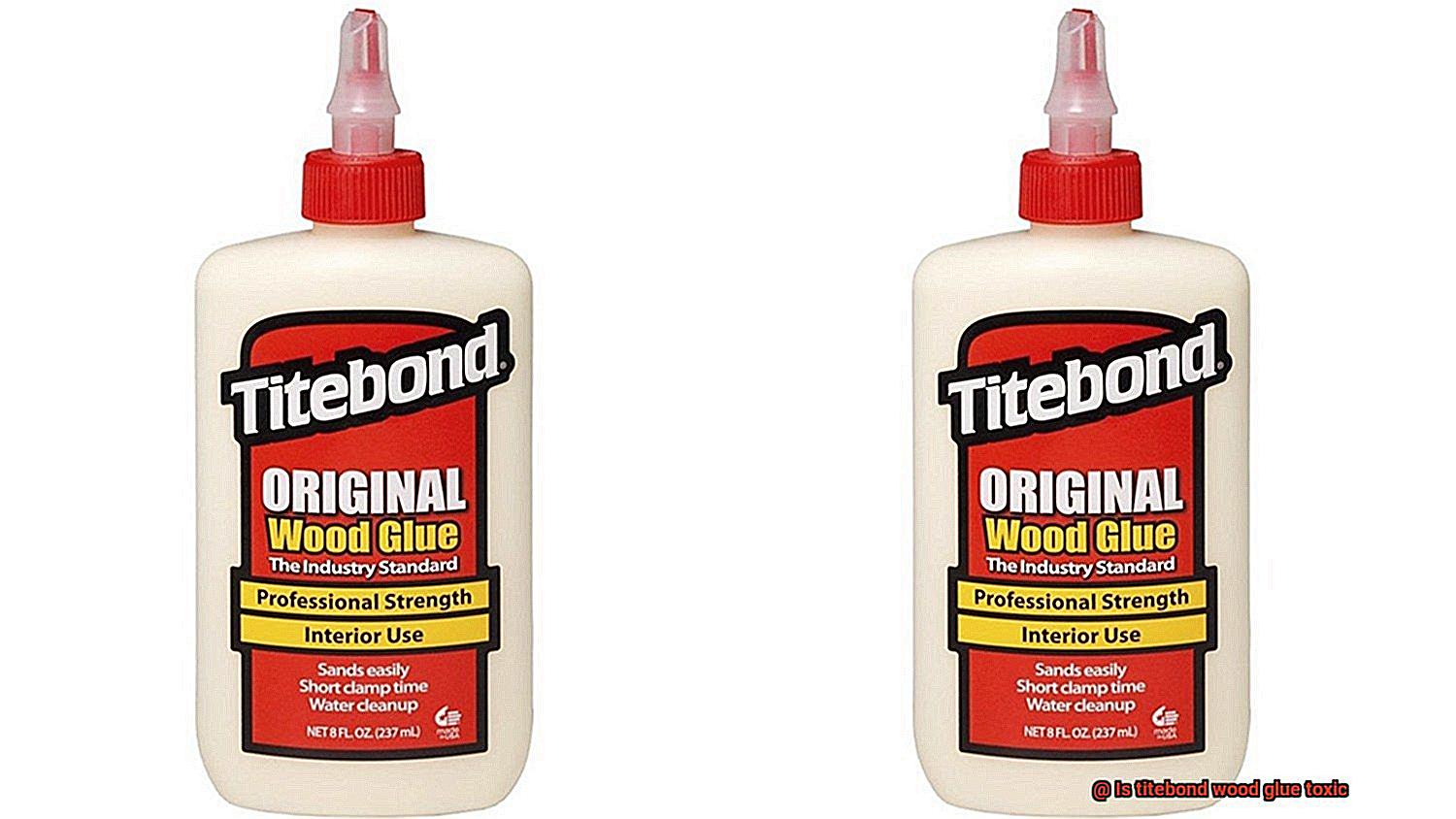
Specialized Titebond Glues:
In addition to the main types, Titebond also offers specialized glues for specific applications. Titebond Instant Bond is perfect for quick bonding of small wood pieces, while Titebond Melamine Glue is specifically formulated for bonding melamine and other plastic laminates. Titebond Translucent Wood Glue provides a nearly invisible bond, making it ideal for projects where aesthetics are important.
Avoiding Direct Contact with Eyes and Ingestion
Today, we’re going to delve into a crucial aspect of using Titebond wood glue that sometimes gets overlooked – the importance of safety precautions. While we appreciate the power of this adhesive, it’s vital to remember that it should never come into direct contact with your eyes or be ingested. Let’s explore why these precautions are so crucial for your well-being.
Protecting Your Body from Harm:
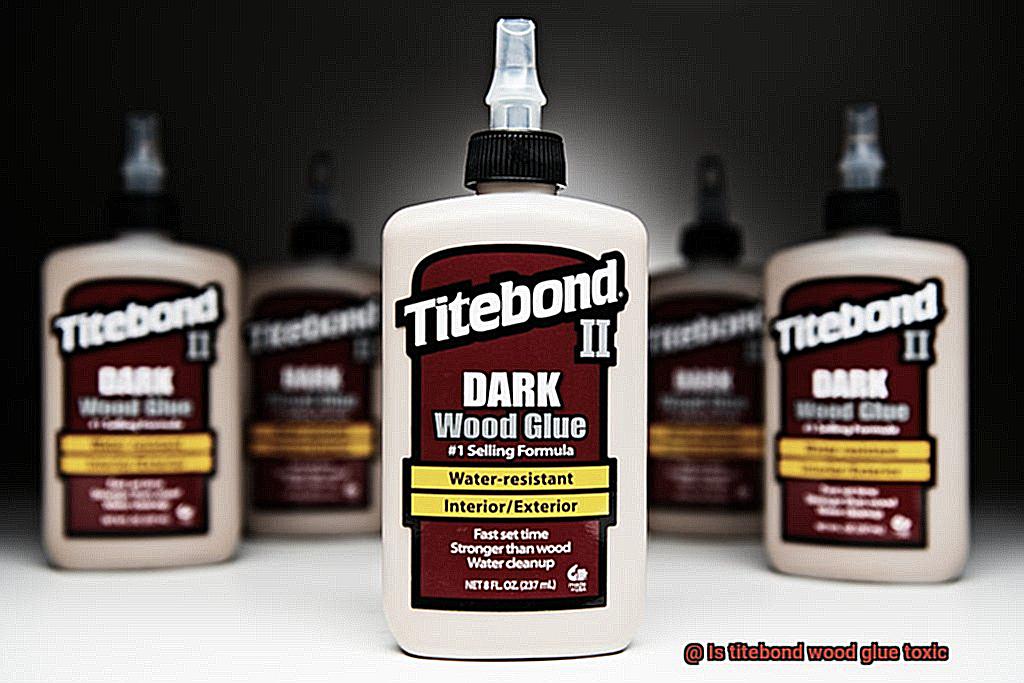
Just like any chemical product, Titebond wood glue should be handled with care. Ingesting this adhesive can lead to unpleasant symptoms such as nausea, vomiting, and abdominal pain. It’s essential to keep the glue out of your mouth and away from curious little ones who might mistake it for a tasty treat.
Eyes Are Precious:
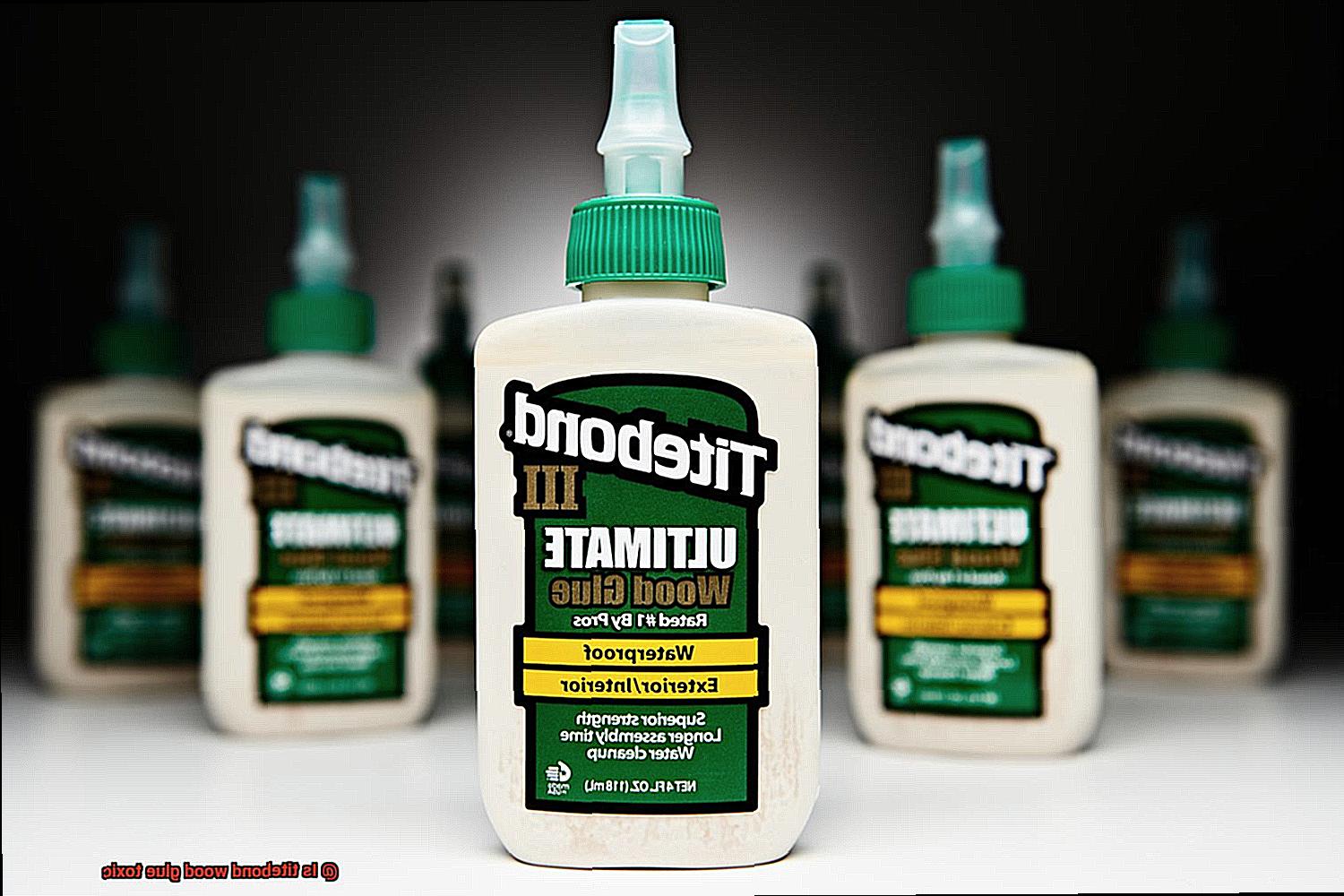
Imagine accidentally getting a dollop of glue in your eye – ouch. It’s a recipe for discomfort and potential eye irritation. However, if this unfortunate event occurs, don’t panic. Rinse your eyes thoroughly with water and seek medical attention if the irritation persists.
Safety First:
To minimize any risks, always read and follow the safety instructions provided by the manufacturer. Additionally, wearing protective gloves and goggles is highly recommended when working with wood glue. These simple steps can go a long way in preventing accidental contact.
- Read and follow the safety instructions provided by the manufacturer.
- Wear protective gloves and goggles when working with wood glue.
Ventilation Matters:
When using Titebond wood glue, ensure you’re working in a well-ventilated area. This will help reduce the chances of inhaling any fumes that may arise during the gluing process.
Proper Storage:
Properly storing your Titebond wood glue is essential for maintaining its effectiveness and avoiding any accidental exposure. Keep it in a cool, dry place and out of reach of children or pets.
Conclusion:
Safety should always be a top priority when working with any adhesive product, including Titebond wood glue. By avoiding direct contact with your eyes and ingestion, you can enjoy the benefits of this powerful adhesive without unnecessary risks. Remember to protect yourself by following the safety precautions, and your woodworking projects will be a success.
Proper Ventilation When Using Indoor
When it comes to using indoor spaces, whether it’s for working with glue or any other activity, proper ventilation is of utmost importance. It is not just a luxury but a necessity to protect your health and safety.
Adequate ventilation helps to maintain a healthy indoor environment by reducing the concentration of pollutants and ensuring a constant supply of fresh air.
Why is ventilation so crucial? Well, indoor spaces can accumulate various pollutants such as volatile organic compounds (VOCs), carbon dioxide, and airborne particles. These pollutants can come from various sources like cleaning products, cooking, heating appliances, and even building materials.
Without proper ventilation, these pollutants can build up to unhealthy levels, leading to poor indoor air quality and potential health issues.
So, how can you achieve proper ventilation in indoor spaces? Here are some key steps to follow:
- Open windows and doors: One of the simplest ways to improve ventilation is by opening windows and doors. This allows fresh air to enter the space while allowing stale air and pollutants to escape.
- Use exhaust fans: In areas where natural ventilation is limited, such as bathrooms and kitchens, exhaust fans can be used to remove moisture, odors, and pollutants from the air. Make sure the fans are properly installed and vented to the outside.
- Install mechanical ventilation systems: In larger or more tightly sealed spaces, mechanical ventilation systems like HVAC systems or air purifiers can be used to circulate and filter the air. These systems help remove pollutants and maintain a steady airflow.
- Utilize natural ventilation strategies: Designing buildings with natural ventilation strategies in mind can also improve indoor air quality. This includes features like operable windows, atriums, or skylights that allow for increased airflow and natural cooling.
- Maintain a clean environment: Regularly cleaning and dusting indoor spaces can help reduce the accumulation of pollutants and allergens. Vacuuming with a HEPA filter can also effectively remove particles from carpets and furniture.
Remember that proper ventilation is not just important for working with glue but for overall indoor air quality. It helps to ensure a healthy and comfortable environment for everyone occupying the space, whether it’s in a workplace, school, or home setting.
Respiratory Discomfort from Strong Odor
Respiratory discomfort from strong odors, such as those emitted by Titebond wood glue, can be a real concern for individuals working in woodworking or other industries where strong adhesives are used. The chemicals present in Titebond glue, namely formaldehyde and methanol, are responsible for its potent odor and can have detrimental effects on the respiratory system.
Formaldehyde, a notorious respiratory irritant, can leave individuals coughing, wheezing, and struggling to catch their breath. Meanwhile, methanol can cause throat irritation and trigger persistent coughing fits. These unpleasant symptoms can significantly impact one’s ability to work comfortably and safely.
For those with pre-existing respiratory conditions like asthma or allergies, the risk of experiencing respiratory discomfort is even higher. These individuals may be more sensitive to the strong odor of Titebond wood glue and may experience more severe symptoms or breathing difficulties as a result.
However, there are measures that can be taken to minimize the risk of respiratory discomfort. First and foremost, it is crucial to work with Titebond wood glue in a well-ventilated area. Opening windows and using exhaust fans to ensure fresh air circulation can help dilute the fumes and reduce exposure.
In addition to proper ventilation, wearing a mask or using a respirator can provide an extra layer of protection against inhaling the noxious fumes. These protective tools act as barriers, preventing direct contact between the chemicals in the glue and the respiratory system.
It is essential to note that if someone experiences severe respiratory symptoms or an allergic reaction after being exposed to Titebond wood glue, they should not ignore it. Seeking immediate medical attention is crucial to ensure prompt treatment and prevent further complications.
uaNckEMncQE” >
Also Read: How to Make Glue Dry Faster
Conclusion
To wrap things up, Titebond wood glue is a non-toxic and chemical-free adhesive that poses no harm when used correctly. Its specially formulated composition eliminates harmful substances like formaldehyde and VOCs, ensuring a safe woodworking experience. Plus, the water-based formula guarantees that no toxic fumes are emitted during application or drying, allowing for a secure working environment.
While Titebond wood glue is generally safe to use, it’s essential to take precautionary measures. Donning protective gloves and safety goggles shields against potential skin and eye irritation. Working in a well-ventilated space and avoiding direct contact with the glue minimizes any risk of inhaling fumes. And let’s not forget about accidental ingestion – it’s crucial to prevent it as it can lead to gastrointestinal discomfort.
Storing your Titebond wood glue properly is key to maintaining its effectiveness. Keep it in a cool, dry place away from direct sunlight and extreme temperatures. By adhering to the manufacturer’s safety instructions, you’re ensuring responsible usage.
To sum it all up, Titebond wood glue not only provides an exceptional bond but also enhances structural integrity while being resistant to water for diverse applications. It’s a reliable choice for woodworking projects that prioritizes both safety and non-toxicity. Woodworkers can enjoy the benefits of Titebond wood glue without compromising their health by following safety precautions and using adequate ventilation.

